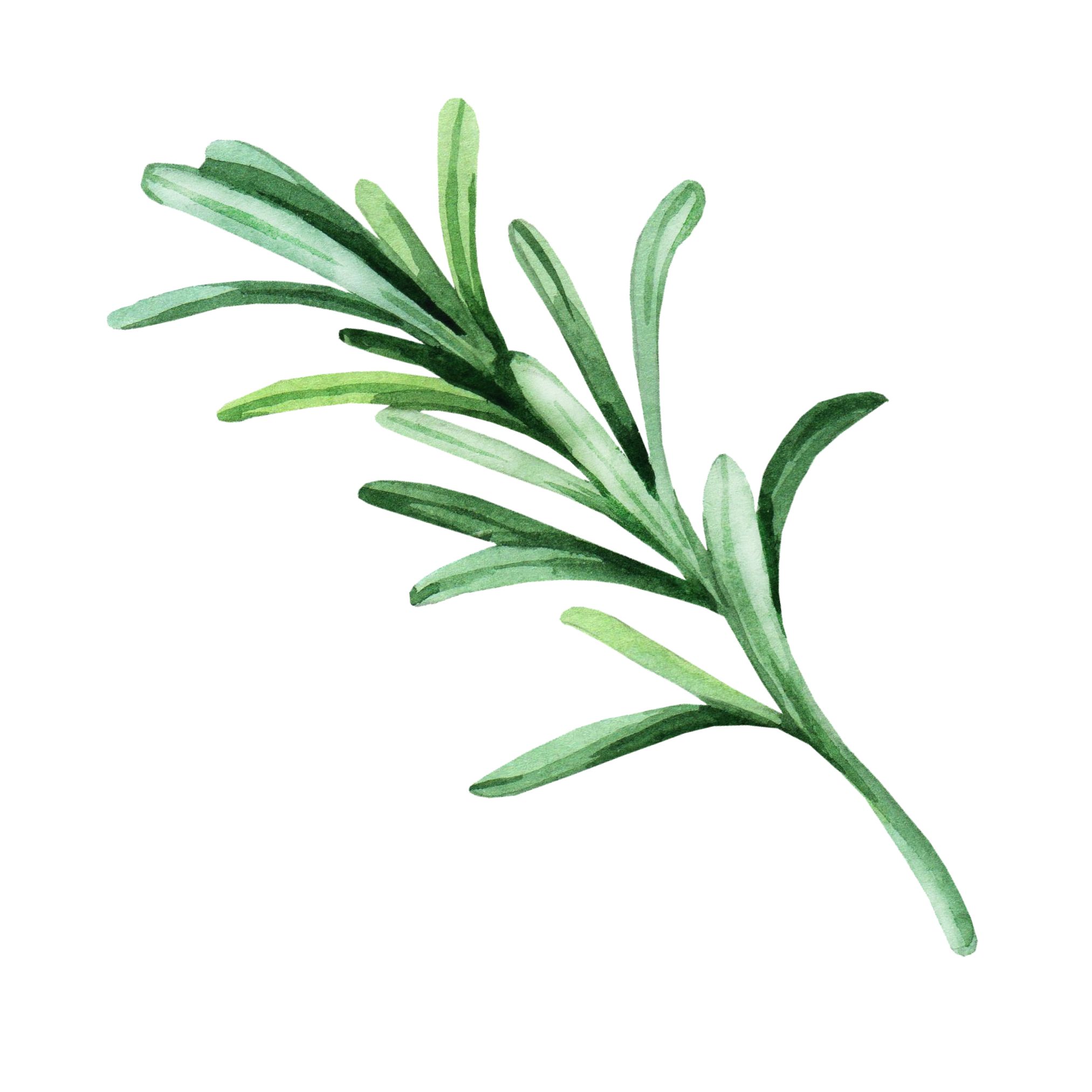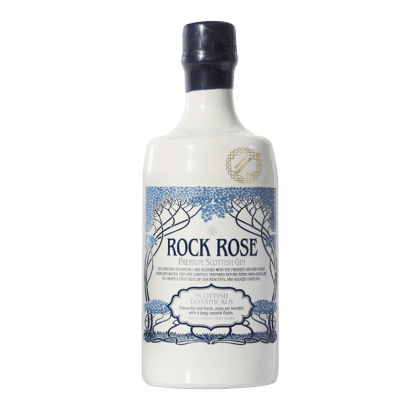The beautiful botanical – Rosemary (Salvia rosmarinus) is a fragrant shrub, which is native to the Mediterranean region where it is used extensively as a herb in cooking. Rosemary is a member of the Lamiaceae family, which includes many culinary and medicinal herbs. The botanical has evergreen needle-like leaves and a fibrous root system.
The flowers of the plant, range in colour from deep blue to white and bloom from spring through to summer filling the air with a nice piney fragrance. Legend has it that the Virgin Mary, mother of Jesus, as she fled from Egypt, sheltered next to a rosemary bush. She allegedly threw her blue cape onto the rosemary bush and the white flowers turned blue. Because of this, the herb has long been called ‘Rose of Mary’.

The genus name rosmarinus is a compound of two Latin words ‘ros’ which means ‘dew’ and ‘marinus’ literally ‘belonging to the sea’. Therefore, rosemary can be translated as ‘sea-dew’, perhaps in reference to the sea cliffs of the Mediterranean, where the plant originates. In fact, rosemary thrives by the sea and can be found growing along the Caithness coast.
Beautiful Botanicals – Rosemary: Not just a gin garnish…
Rosemary was used in traditional medicine by the Ancient Greeks and Romans. Greek author, botanist, pharmacologist, and physician Pedanius Dioscordies (circa 40 – 90 AD) wrote about the medicinal uses of rosemary in De materia medica – On Medical Material his five-volume pharmacopeia, which is one of the most influential herbal books in history. Dioscordies writes that rosemary can be used to treat arthritis, epilepsy, gout, head colds, melancholy, respiratory issues, and sore throats and to freshen bad breath.
During the 13th century, when the Queen of Hungary was paralyzed, a concoction of rosemary and wine is said to have cured her. In the past rosemary has also been used to cure baldness and dandruff and a sprig of the botanical was often placed under a pillow to prevent nightmares and hung outside homes to thwart evil spirits. Rosemary was also placed between the sheets to repel moths. Today the aromatic essential oil derived from the botanical is found in many cosmetics, shampoos and cleaning products and a food preservative derived from rosemary is used in the manufacture of plastic food packaging.
Rosemary for romance

In the past rosemary was thought to be symbolic of fidelity. During the Medieval period, a bride would wear rosemary in her headpiece and the groom and guests would wear a sprig as well. The newlyweds would plant rosemary on their wedding day in the hopes that it would be a good omen for their future.
It was said if a person tapped another with a sprig of rosemary with an open bloom, they would fall in love.
Rosemary was first widely cultivated in herb gardens by the Spanish in the 13th century where it became a popular condiment for salted meats from the 13th to 18th centuries, probably to disguise the foul taste of off-meat as dried or fresh rosemary leaves have a bitter, astringent taste and a characteristic aroma which complements many cooked foods. When roasted with meat such as chicken, lamb, pork or turkey and/or vegetables rosemary leaves impart a mustard-like aroma and an additional fragrance of charred wood with a piney-lemon taste.
Rosemary leaves can also be used to make a fresh herbal tea.
In gin production rosemary adds a peppery element to the spirit along with a subtle charred wood taste. Toasted rosemary makes the ideal garnish for our Original Edition Rock Rose Gin!






